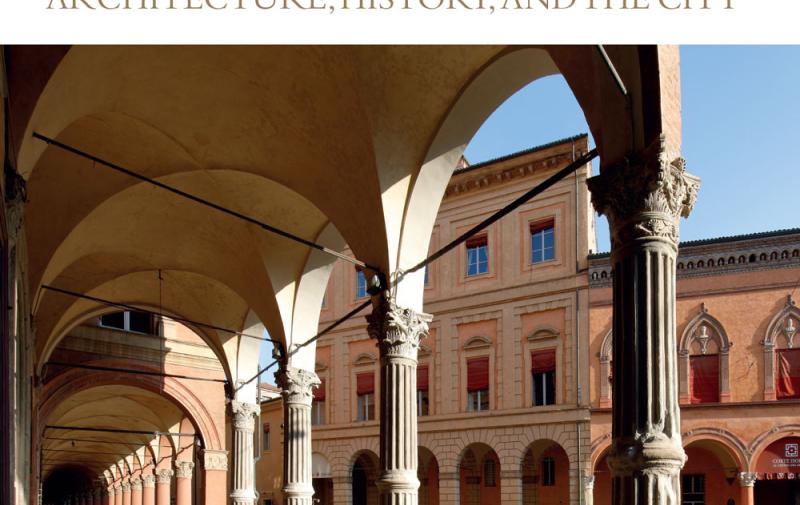
The portico is an essential infrastructural element in the city of Bologna and its design most tangibly expresses that fact. As architectural heritage of exceptional value, the portico has profoundly shaped the city's historical as well as contemporary appearance.
First developed in an unplanned and illegal fashion during the High Middle Ages and recognized as an arbitrary extension of private property into the public space of the street, the Bolognese portico gained surprising acceptance by the end of the thirteenth century. By this time, it was so appreciated for its utilitarian and formal qualities that the municipal statutes made it mandatory for all new constructions starting in 1288. FRom that moment on, the porticoes gradually spread in a capillary fashion along the perimeters of the new streets, creating an unmistakably Bolognese urban landscape over the course of the subsequent centuries. There are over 42 kilometers of porticoes in Bologna today (over 60, if we include the twentieth-century extensions), which have been inscribed on the UNESCO World Heritage List on 28 July 2021 in recognition of the Outstanding Universal Value they have expressed and preserved over time for the urban civilization as a whole.
This book projects the readers into the labyrinth of Bologna's covered streets, providing them with a critical guide and a historical and topographical atlas of the most representative porticoes to help them more successfully and enjoyably navigate this unique architectural landscape.
